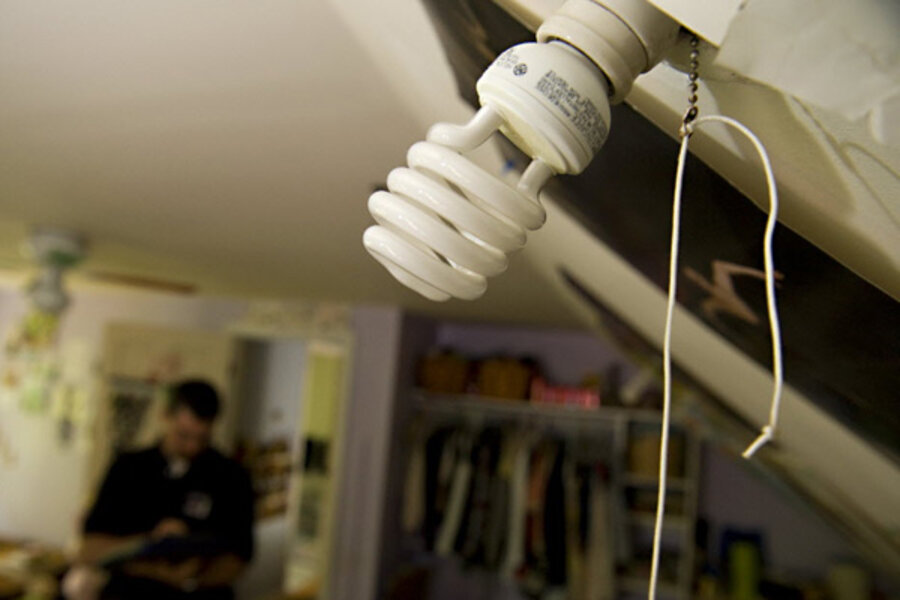A strategy for using LED light bulbs
Loading...
For indoor use, there are three primary types of light bulbs available in the American market.
Incandescent bulbs are the ones most of us have used all of our lives. They produce wonderful bright light, but they’re also incredibly energy inefficient and burn out all the time.
Incandescent bulbs are also the least expensive problem. However, they’re slowly being phased out, both by corporate choice and by legal measures.
The most common replacement for incandescent bulbs is the CFL. They last longer than incandescents (though not as long as advertised, at least in my experience), but their light quality isn’t quite as good (though the newer ones are getting pretty close).
CFLs are more expensive up front, but they’re far more energy efficient than incandescents. You also have to be careful when disposing of them. These are the most common bulbs for sale now in stores.
However, the future is in LED bulbs, which are just beginning to show up in mainstream stores. They last far longer than incandescents and CFLs. They’re also far more energy efficient than either type.
What’s the drawback? Right now, the light quality of LED bulbs isn’t anywhere near as good as incandescent bulbs and isn’t even as good as CFLs. However, the light quality of LEDs is drastically improving. Every time I see one, I’m impressed, and there are some high-end LED bulbs that are getting very close to incandescents in light quality.
The other drawback of LED bulbs is the expense. They are by far the most expensive bulb of the three types.
So, why would you ever use an LED? Well, the energy efficiency and long lifespan of LED bulbs makes up for the initial cost and more. The total cost of ownership of a typical LED bulb is about half of that of CFLs and about a third of that of incandescents because of the higher energy costs and the cost of constant bulb replacements.
I am currently using one of the earliest LED bulbs in one socket in our living room. We have been using it for four years. Right next to it is another socket, which has had two incandescents burn out in it along with a burnt-out CFL. The LED has outlived all three of them and is side-by-side with a fourth one.
The big challenge with LED bulbs at this time is light quality. I would be highly dissatisfied using a current LED bulb as the primary lighting in a room I was in frequently or as a reading light. With most of them, the light has a somewhat bluish tint and in many of the older ones, the light is very directional (like a flashlight). While both of these factors are improving, current LEDs just aren’t quite there yet.






